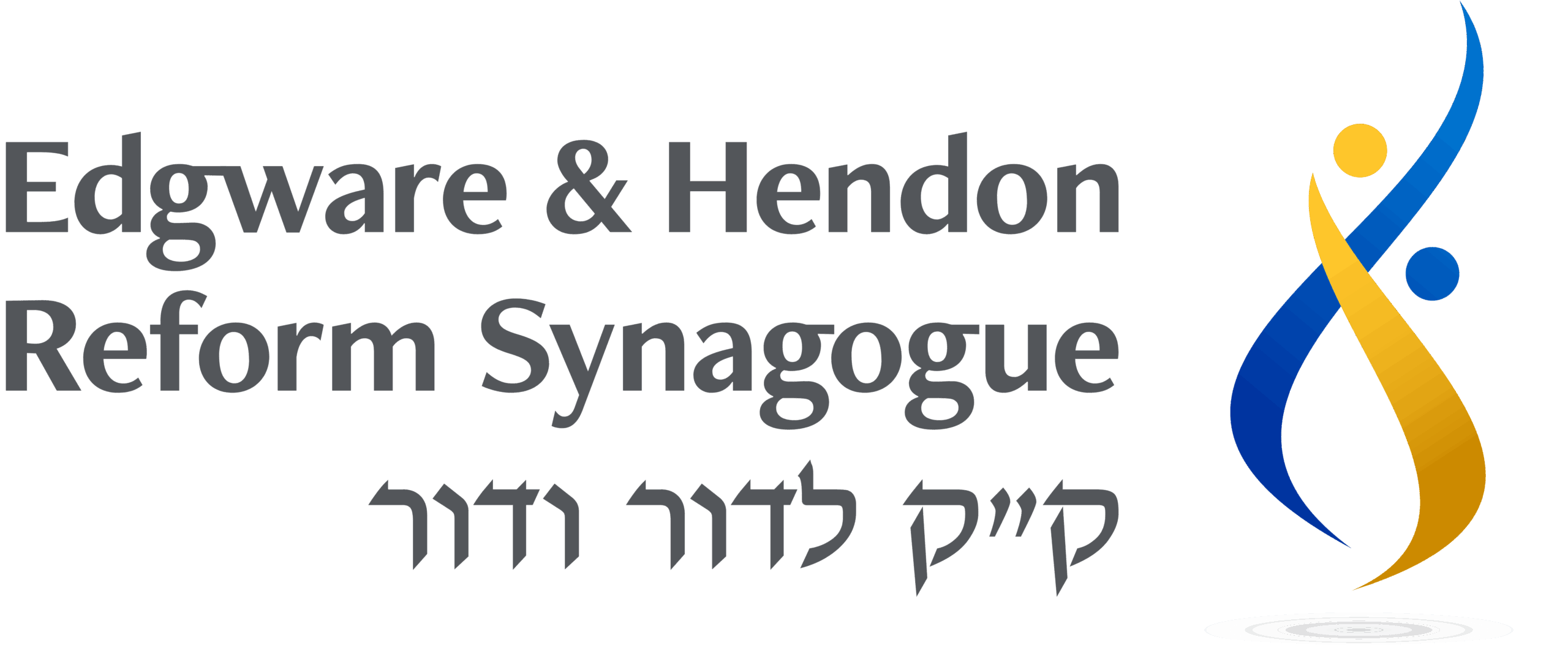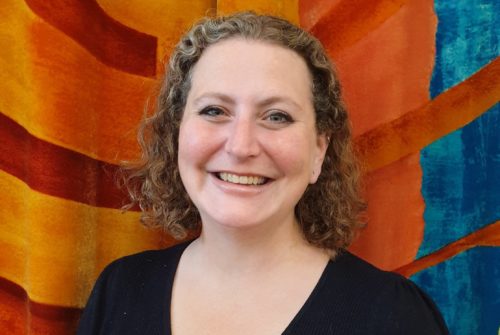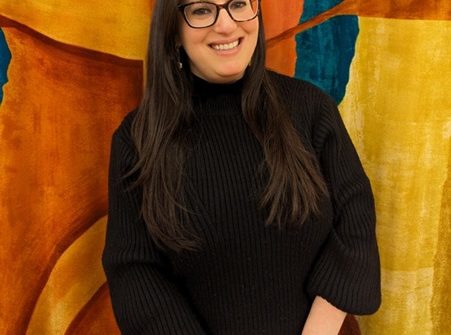I got a call from the head teacher at my kids school last week. I won’t lie, I was scared. What had one of them done? Had someone hurt them? Thank God, it was nothing terrible!
Eliana, who is in year 6, had, along with her classmates, been writing a haggadah. In pairs the kids had each focussed on one part of the seder and created their part of the Haggadah.
Eliana and her partner had Barech, Grace after meals, and during their research they came across the ritual of Miriam’s Cup, a glass of water that often sits alongside Elijah’s cup, and they decided to add that into their pages.
The Head teacher was phoning to let me know that unfortunately, because the cup of Miriam is (as far as they are concerned) a Reform innovation, it could only be included in Eliana’s haggadah, not in everyone’s copy.
When Eliana got home, I gave her two stars in her reward jar. I am so very proud that the head teacher had to phone me because Eliana and her friend wanted to include a woman’s story in the seder. A story rooted in an ancient midrash that suggests Miriam was followed through the desert by a magical well, that sustained and nourished the Israelites, who cried out in thirst as soon as she died[1].
Eliana didn’t realise she was being particularly creative or radical, having heard me discuss it, and finding references to it in her online research. Indeed it is bizarre to argue that any innovation or addition to the seder shouldn’t be allowed. I have never been to two identical sedarim. Customs, or minhagim, differ widely from family to family, and from community to community. We don’t realise just how focussed on Ashkenazi Jewish life we can be until we delve into Pesach, where kitniot or legumes and rice are the most obvious dividing line, but in fact there are a lot of seder differences! Many Sephardim use lemon juice or vinegar instead of salt water. Some eat a hot egg after karpas rather than egg in saltwater as a starter. And of course the seder service itself is something that has developed and changed over the last two millennia, adding in layers of meaning. In the Jerusalem Talmud, compiled around the fourth century CE, Rabbi Tarfon mentions a fifth cup to reflect a fifth promise of redemption. It is believed that this is the origin of the cup of Elijah, leading to the tradition of placing a fifth cup of wine on the Seder table, in anticipation of a visit by the prophet. Some Sephardim, however, don’t have a Cup of Elijah.
One of the school’s objections to the inclusion of Miriam’s cup seemed to be the problem of adding anything innovative or new (particularly if that innovation is Reform) – surely we cannot change the ancient, extremely inconsistent across communities, seder? But in the 1980’s families around the world and across the denominations added in prayers for imprisoned Soviet Jews, calling for the release of the Refuseniks, and there are many similar supplements and additions added at different times and in different places, never mind that the whole thing has grown out of slowly adding traditions and liturgy to create the seder as we have it today.
Rabbi David Rosen, former Chief Rabbi of Ireland, a dedicated vegetarian, doesn’t have a shank bone on his seder plate, instead he places two mushrooms on either end of a cocktail stick to create a mock bone. This is despite the fact that Rashi suggests using a beetroot if you don’t have a shank bone, because it bleeds. Rosen explains that the design of the seder is intended to spark conversation, questions and engagement. Innovation and additions, he argues, are perfect ways to do just this.
I am SO proud that Eliana looked at how to bring a story that spoke to her into the seder, and in being a rebel girl, helped demonstrate how these voices have been silenced and censored for centuries. It is her job to make her Judaism speak to her and to the world as she experiences it. And it is each of our jobs to do the same, whether by adding to our seder, or revisiting the rituals and reflections of our childhood. Nothing stands still, and seder is the perfect example of that, changing and being added to over the generations, and from place to place. There is a core that can guide us all, a responsibility if you like, and a freedom to embellish and enhance beyond that core. The freedom of Pesach is always married (by the counting of the omer) to the responsibility of receiving Torah on Shavuot. We need to take both the freedom and the responsibility to ensure our Judaism stays fresh and alive to who we are, where we are, and where we want to be. May your freedom give voice to those who are silenced, and your responsibility continue to be a part of ensuring our world is blessed with meaningful change and repair from generation to generation.
Chag Sameach!
[1] Mishnah Avot, 5:6, Rashi on Numbers 20:2; b. Ta’anit 9a; Song of Song Rabba 4:14, 27 and others!



